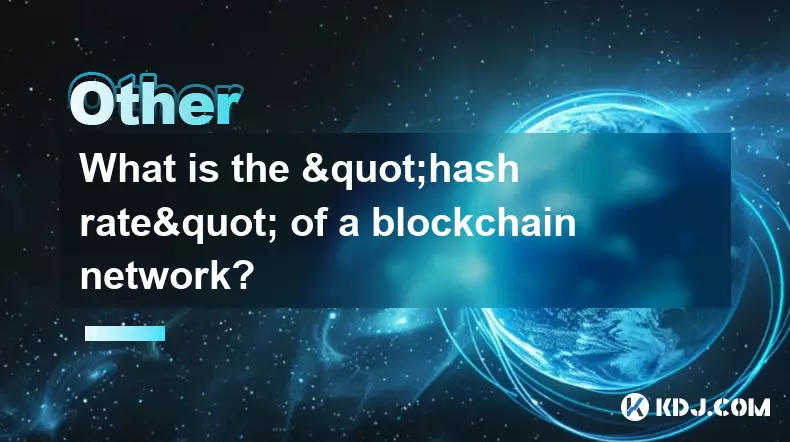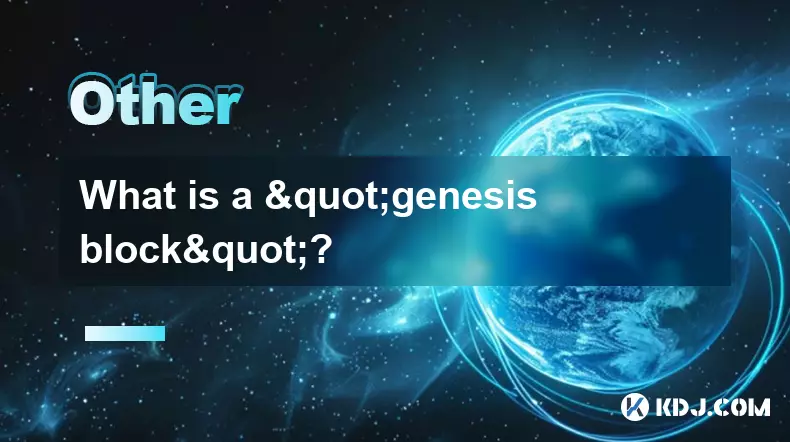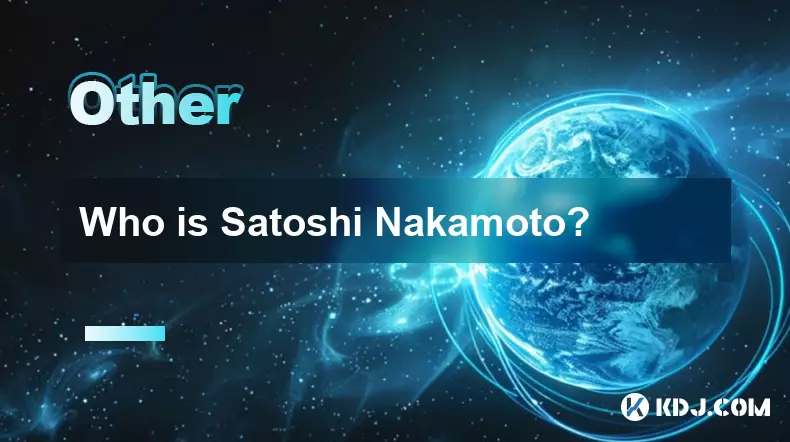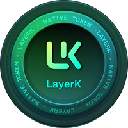-
 bitcoin
bitcoin $100977.009184 USD
-2.05% -
 ethereum
ethereum $3282.009150 USD
-3.23% -
 tether
tether $0.999813 USD
-0.02% -
 xrp
xrp $2.208254 USD
-4.89% -
 bnb
bnb $951.411089 USD
0.55% -
 solana
solana $155.761205 USD
-2.84% -
 usd-coin
usd-coin $1.000217 USD
0.02% -
 tron
tron $0.284475 USD
-1.28% -
 dogecoin
dogecoin $0.162363 USD
-1.53% -
 cardano
cardano $0.533988 USD
-0.47% -
 hyperliquid
hyperliquid $39.174339 USD
-3.22% -
 chainlink
chainlink $14.724828 USD
-1.16% -
 bitcoin-cash
bitcoin-cash $477.297986 USD
-1.28% -
 zcash
zcash $554.227426 USD
17.30% -
 ethena-usde
ethena-usde $0.998995 USD
-0.03%
how to create a blockchain
Establishing the initial state of the blockchain, the genesis block serves as the cornerstone for its integrity.
Oct 11, 2024 at 10:06 am

- Define the Purpose and Scope of Your Blockchain
Determine the specific purpose and scope of your blockchain. What type of data or transactions will it store and manage? Will it be a public or private blockchain?
- Choose a Consensus Protocol
Select a consensus protocol to ensure the validity and integrity of your blockchain. Some of the common consensus protocols include Proof-of-Work (PoW), Proof-of-Stake (PoS), and Delegated Proof-of-Stake (DPoS).
- Design the Blockchain Architecture
Define the structure of your blockchain, including the block structure, transaction structure, and mining difficulty. Consider factors such as block size, block time, and transaction fee structure.
- Develop and Implement the Smart Contracts (Optional)
If your blockchain will support smart contracts, develop the logic and rules that will govern these contracts. Smart contracts allow you to automate tasks and create decentralized applications on your blockchain.
- Create and Distribute the Genesis Block
The genesis block is the first block in the blockchain and establishes the initial state of the ledger. It contains the hash of the previous block, which is null in this case, and other metadata. Distribute the genesis block to all nodes in the network.
- Implement the Mining or Validation Process
Based on your chosen consensus protocol, implement the mining or validation process. Miners or validators verify transactions and add new blocks to the blockchain, ensuring its security and integrity.
- Set Up and Connect Nodes
Establish a network of nodes that will store the blockchain and participate in the consensus process. Configure each node with the appropriate network settings and blockchain data.
- Test and Deploy the Blockchain
Thoroughly test your blockchain to identify and resolve any issues or vulnerabilities. Deploy the blockchain to a production environment once it is fully tested and validated.
- Market and Promote the Blockchain (Optional)
If you plan to create a публичный blockchain or offer it as a service, consider marketing and promoting it to attract users and adoption.
Additional Considerations:- Security: Implement security measures to protect the blockchain from hacks, fraud, or other security breaches. Consider encryption methods, access control, and regular audits.
- Scalability: Plan for the scalability of your blockchain as it grows in size and usage. Consider techniques such as sharding, sidechains, or off-chain transactions.
- Interoperability: Explore options for making your blockchain interoperable with other blockchains or systems, enabling seamless exchange of data and transactions.
- Governance: Establish a governance model for your blockchain to ensure its development and maintenance over time. This may include defining roles, responsibilities, and decision-making processes.
Disclaimer:info@kdj.com
The information provided is not trading advice. kdj.com does not assume any responsibility for any investments made based on the information provided in this article. Cryptocurrencies are highly volatile and it is highly recommended that you invest with caution after thorough research!
If you believe that the content used on this website infringes your copyright, please contact us immediately (info@kdj.com) and we will delete it promptly.
- BlockDAG, Avalanche, Dogecoin: Crypto's Leading Trio in 2025
- 2025-11-07 22:05:01
- Layer 2 Coins: Will There Be a Potential Explosion by 2026?
- 2025-11-07 16:50:02
- Filecoin, ICP, and the AI Infrastructure Renaissance: Is History Repeating?
- 2025-11-07 16:50:02
- Bitcoin's Wild Ride: Surges, Zeros, and the Search for Stability
- 2025-11-07 17:05:01
- XRP, Bitcoin, and the Rally: What's the Deal, New York?
- 2025-11-07 17:25:01
- Filecoin, DePIN, and a Technical Breakout: What's the Buzz?
- 2025-11-07 17:05:01
Related knowledge

What are the main use cases for blockchain technology beyond cryptocurrency?
Nov 08,2025 at 01:00am
Supply Chain Management1. Blockchain enables transparent tracking of goods from origin to destination, ensuring authenticity and reducing fraud. Each ...

What is a stablecoin and how does it maintain its price stability?
Nov 08,2025 at 12:19am
Understanding Stablecoins in the Cryptocurrency Ecosystem1. A stablecoin is a type of cryptocurrency designed to maintain a consistent value relative ...

What is a block explorer and how do you use it?
Oct 24,2025 at 12:36am
What Is a Block Explorer?1. A block explorer is a web-based tool that allows users to view and analyze data on a blockchain network in real time. It f...

What is the "hash rate" of a blockchain network?
Oct 10,2025 at 03:55pm
Understanding Hash Rate in Blockchain Networks1. The hash rate refers to the total computational power being used to process transactions and mine new...

What is a "genesis block"?
Oct 15,2025 at 07:55pm
Understanding the Genesis Block in CryptocurrencyThe genesis block is the very first block in a blockchain network. It serves as the foundation upon w...

Who is Satoshi Nakamoto?
Oct 15,2025 at 01:01pm
Who is Satoshi Nakamoto?1. Satoshi Nakamoto is the pseudonymous individual or group credited with creating Bitcoin, the first decentralized cryptocurr...

What are the main use cases for blockchain technology beyond cryptocurrency?
Nov 08,2025 at 01:00am
Supply Chain Management1. Blockchain enables transparent tracking of goods from origin to destination, ensuring authenticity and reducing fraud. Each ...

What is a stablecoin and how does it maintain its price stability?
Nov 08,2025 at 12:19am
Understanding Stablecoins in the Cryptocurrency Ecosystem1. A stablecoin is a type of cryptocurrency designed to maintain a consistent value relative ...

What is a block explorer and how do you use it?
Oct 24,2025 at 12:36am
What Is a Block Explorer?1. A block explorer is a web-based tool that allows users to view and analyze data on a blockchain network in real time. It f...

What is the "hash rate" of a blockchain network?
Oct 10,2025 at 03:55pm
Understanding Hash Rate in Blockchain Networks1. The hash rate refers to the total computational power being used to process transactions and mine new...

What is a "genesis block"?
Oct 15,2025 at 07:55pm
Understanding the Genesis Block in CryptocurrencyThe genesis block is the very first block in a blockchain network. It serves as the foundation upon w...

Who is Satoshi Nakamoto?
Oct 15,2025 at 01:01pm
Who is Satoshi Nakamoto?1. Satoshi Nakamoto is the pseudonymous individual or group credited with creating Bitcoin, the first decentralized cryptocurr...
See all articles





















![The Graph Price Prediction [GRT Crypto Price News Today] The Graph Price Prediction [GRT Crypto Price News Today]](/uploads/2025/11/07/cryptocurrencies-news/videos/690d4df44fe69_image_500_375.webp)




















































